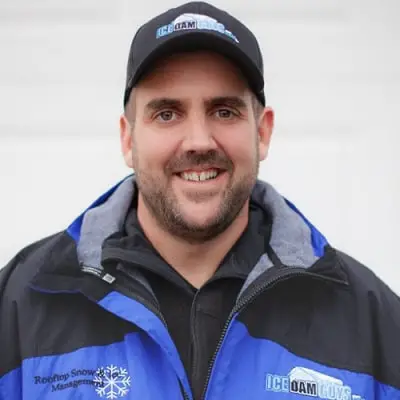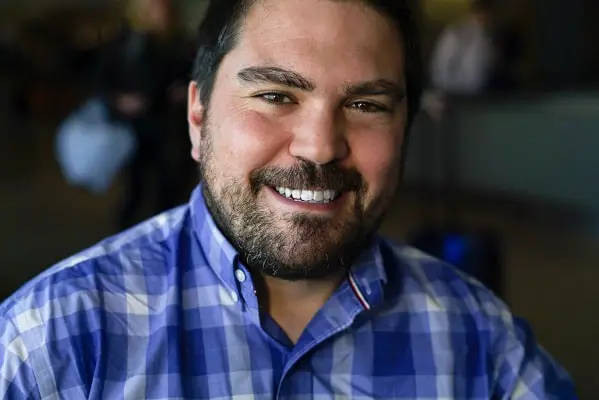Day in the life of
R.N. Surgical Consultant – Kim McDonald

My role at its core is to educate patients on all aspects of the procedure they are interested in and to evaluate a person to determine if the outcome of surgery far outweighs the risk. If this is true and the patient fully understands the risks and possible outcomes, then they can begin their surgical journey with us!
Typical Day
7:30am
A typical day for me would start bright and early at 7:30am. As my first consultation is at 8:00am, I arrive at the office early to review emails and answer any that may require immediate responses. As I am often the go-to resource for information to our patients early in the process, there’s always a steady flow of questions!
This is the time I will also make calls to patients who prefer to hear a voice rather than email. I find reassurance over the phone can really make a difference for some patients. Once my day begins, my time is solely for those patients who have booked time off from their own schedules to speak to me. They are my priority!
8:00am
The first patient arrives and I begin by reviewing their medical history. I will review what each patient has previously filled out, and discussed with our pre-screening consultant, Meagan. I also confirm any medications, supplements, or recreational drugs that patients may be using that could affect their surgical plan or their eligibility for the procedure.
We encourage open and honest communication as it’s important that we have an accurate picture to ensure each and every patient’s safety.
8:15am
Pictures are taken, and I review, then discuss some key points that include:
- What is bothering them about their body, and why do they wish to change it?
- How do they feel about their body now, and how do they think they will feel after plastic surgery?
- What are their goals? What do they want to look like after surgery, what specific changes do they hope to see?
- Which procedure(s) are they interested in discussing, and if any, can they help their goals?
Once I understand what the patient’s end goals are and confirm that they have REALISTIC expectations with attainable results, we can feel confident in moving on to the next steps.
Breast Augmentation Next Steps:
If we are performing a breast augmentation consultation that morning, my assistant and I will take measurements to help determine what the best range of implant shapes/ sizes are for the patient’s particular frame and goals.
The fun part for patients is to try on sizes and see what they will look like!
Next is more education. One of my main goals is to educate the patient as much as possible about every aspect of the procedure. Some important points of discussion are:
- What results can you expect from each procedure?
- What’s involved in the surgery (anesthesia type, incisions, recovery time frame)
- What are the risks and possible complications from surgery?
Often the first consultation is overwhelming. Patients can be so excited and anticipatory that seeing me once isn’t enough to feel 100% or even remember all that was discussed. Many more questions arise as booking surgery makes things feel “very real”. A big part of my job is answering phone calls and emails with questions as they come AFTER the consultation.
9:00am
Repeat x 10

Waiting room
Pros
Meeting wonderful people from all around the world makes my work fun and fascinating. Helping them on their journey to change their life is another very fulfilling part of my job.
Also working alongside talented, committed, caring surgeons, and a team of people who share the same vision and core values is the best.
Cons
Not everyone is a surgical candidate, and disappointing them is really difficult.
If I believe the patient is seeking plastic surgery for the wrong reasons or has body dysmorphic disorder (BDD), if I believe a patient’s expectations are unrealistic, or if their current health makes the risk too great then I will have no choice but to turn them down. This part of the job can be tough but it’s crucial to save the patient more disappointment later on or potential health complications. Though it may not feel like it yet for the patient, in the end, it’s all for the best!







